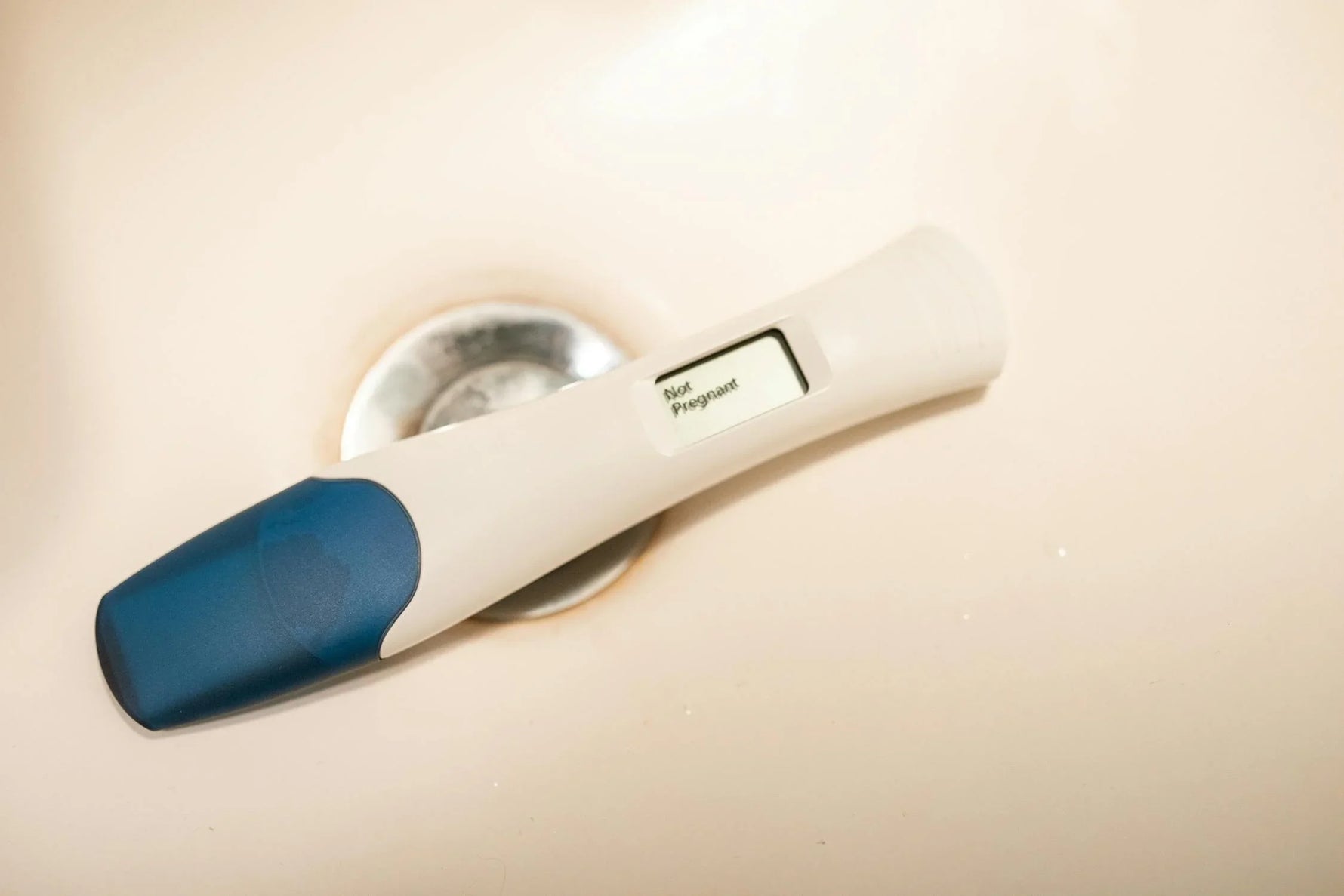Pregnancy, Breastfeeding, and Pumping: The Ultimate Guide for Moms

Pregnancy, Breastfeeding, and Pumping: The Ultimate Guide for Moms
Does an Ectopic Show on a Pregnancy Test? What You Need to Know

Pregnancy, Breastfeeding, and Pumping: The Ultimate Guide for Moms
How to Know If Pregnancy Test Is Positive: A Comprehensive Guide

Pregnancy, Breastfeeding, and Pumping: The Ultimate Guide for Moms
Will Lemon Juice Make a Pregnancy Test Positive? The Truth Revealed

Pregnancy, Breastfeeding, and Pumping: The Ultimate Guide for Moms
Can I Take a Pregnancy Test 12 Days After Intercourse?

Pregnancy, Breastfeeding, and Pumping: The Ultimate Guide for Moms
How Long After Conception Does a Pregnancy Test Read Positive

Pregnancy, Breastfeeding, and Pumping: The Ultimate Guide for Moms
Does a Pregnancy Test Work After 1 Week? Everything You Need to Know

Pregnancy, Breastfeeding, and Pumping: The Ultimate Guide for Moms
How Long After Ovulation Positive Pregnancy Test: A Comprehensive Guide

Pregnancy, Breastfeeding, and Pumping: The Ultimate Guide for Moms
How Long Until Pregnancy Test Shows: A Comprehensive Guide

Pregnancy, Breastfeeding, and Pumping: The Ultimate Guide for Moms
When to See Doctor After Pregnancy Test: A Comprehensive Guide

Pregnancy, Breastfeeding, and Pumping: The Ultimate Guide for Moms
How Long After a Pregnancy Test Is It Invalid: What You Need to Know

Pregnancy, Breastfeeding, and Pumping: The Ultimate Guide for Moms
Can You Get a Negative Pregnancy Test at 6 Weeks? Exploring the Possibilities

Pregnancy, Breastfeeding, and Pumping: The Ultimate Guide for Moms
Does a Tubal Pregnancy Test Positive: What You Need to Know

Pregnancy, Breastfeeding, and Pumping: The Ultimate Guide for Moms
How Soon Can a Pregnancy Test Be Positive: A Comprehensive Guide

Pregnancy, Breastfeeding, and Pumping: The Ultimate Guide for Moms
What Is the Best Pregnancy Test to Buy: A Comprehensive Guide

Pregnancy, Breastfeeding, and Pumping: The Ultimate Guide for Moms
What Are the Odds of a False Positive Pregnancy Test?

Pregnancy, Breastfeeding, and Pumping: The Ultimate Guide for Moms
How Soon Take Pregnancy Test After Intercourse: A Comprehensive Guide

Pregnancy, Breastfeeding, and Pumping: The Ultimate Guide for Moms
What's the Best Time to Take a Pregnancy Test: A Comprehensive Guide

Pregnancy, Breastfeeding, and Pumping: The Ultimate Guide for Moms
How Soon Should I Test for Pregnancy: A Comprehensive Guide

Pregnancy, Breastfeeding, and Pumping: The Ultimate Guide for Moms
How Faint Can a Pregnancy Test Line Be: Understanding the Results

Pregnancy, Breastfeeding, and Pumping: The Ultimate Guide for Moms
Why Did My Pregnancy Test Change from Negative to Positive
